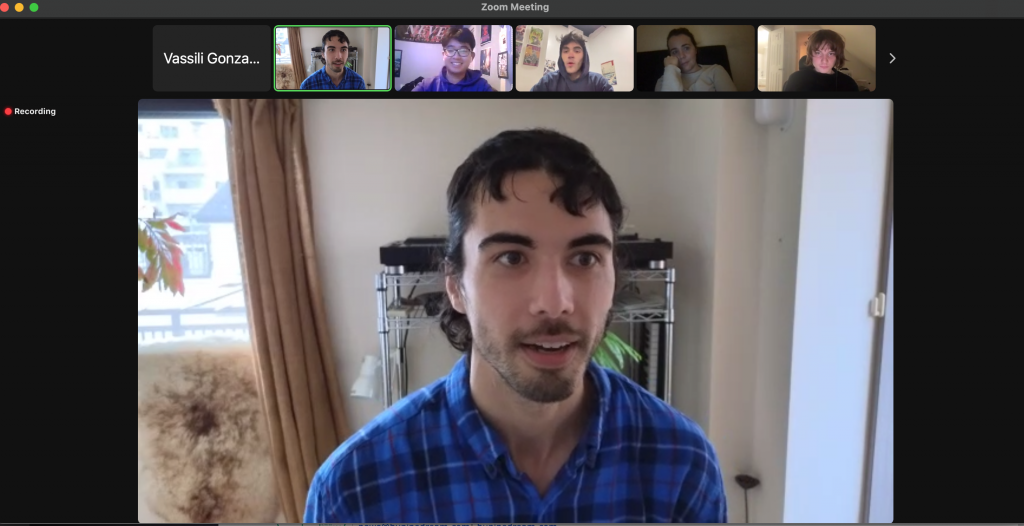
A Grammy-nominated visual artist, animator and musician discussed his creative process with students this past Monday.
The Student Design Agency (SDA) hosted Jesse Kanda, known for his album covers with musicians like Bjork and Arca, as part of their speaker series on Zoom. Throughout the event, Kanda spoke about viewing the creation of his work as a relationship between two mindsets — child and adult. According to Kanda, a child mindset represents the unknown and subconscious innocence, whereas the adult mindset represents technique, craftsmanship, skill and the conscious mind.
At the event, Kanda described the relationship between the child and adult mindsets as a “dance” between the two, each going hand in hand with one another.
“The adult is with love, care and nurturing facilitating the gifts that the child is offering,” Kanda said. “The child is so perfect that it doesn’t even know it’s perfect, or what perfect is. The child is purity and innocence. That’s what the adult mind or critical mind would call magical or ethereal.”
Kanda explained that a person’s creativity is not specific to just art but can be applied to different fields of work, such as agriculture or corporate. He added that the mindset people enter when they are focused on working is just a matter of engaging with their inner child or distancing themselves from the adult mind that judges the individual’s work. The adult mindset learns from the child mindset as a person works on their project or engages with their creativity.
Kanda further described how even if one may be scared about criticizing their work — or if one may feel uncertain about what was created — in the end it is something special that can still be appreciated.
“It’s like a big, black body of water,” Kanda said. “Of course it’s scary, but in spite of it, we know that there’s pearls down there. Maybe we will find out that whatever we feared might not have been what we thought it was.”
The concept of the egoic structure in the mind was also brought up by Kanda, and how it “stays alive” by creating stories and thoughts correlated to a person’s fears. By going into the child mindset or a person’s creativity, it counters what the egoic structure attempts to do to the individual.
Toward the end of the event, Kanda took questions from students. One question asked if Kanda found it difficult to connect with his child’s mindset as he got older. Kanda responded that it has become smoother for him to do so, and the attention that is put into the child mindset while working is similar to being caught in a river of thoughts. Even when a person notices the focus they are caught in, this already signifies a gap created between the adult and child mindsets.
Evan Lau, the president of the SDA and a senior majoring in graphic design, said his support of Kanda’s art began before he knew Kanda created the works.
“I became a fan after realizing this connection and also listening to their music under the alias ‘Doon Kanda,’ which is fantastic in its own right,” Lau wrote in an email. “When I sent the email to have them speak it was a shot in the dark as I wasn’t expecting any response, but being able to host this event is a huge honor for me.”
Kanda credited the rock band Cocteau Twins as one of his inspirations in addition to his parents, stating that he was lucky to grow up in an environment that encouraged creativity.
Madison Mark, a junior double-majoring in social work and art and design, said Kanda’s talk left her with a new outlook.
“My major takeaway from this event is to think like a child more,” Mark said. “Stop the voice of the adult who keeps judging and listen to the inner child who wants to explore and create.”
Maia Rose, a freshman majoring in graphic design, described her response to the idea of connecting with her inner child.
“Finding the connection between child and adult self to understand your truth,” Rose said. “Acknowledging your child’s imagination was far greater thus making the child wiser in a sense. This philosophy that he shared reinforced my will to trust myself and the work that I do.”


